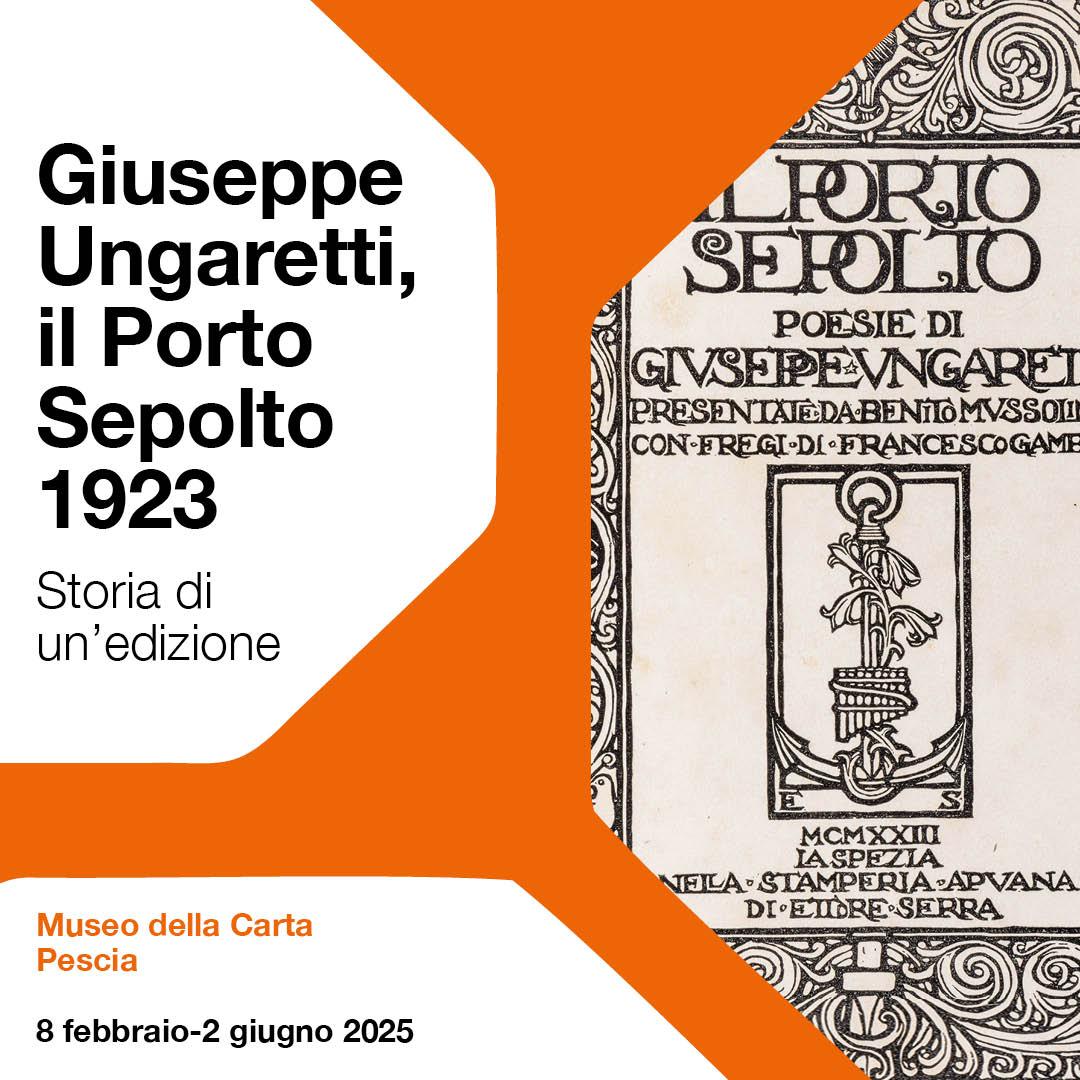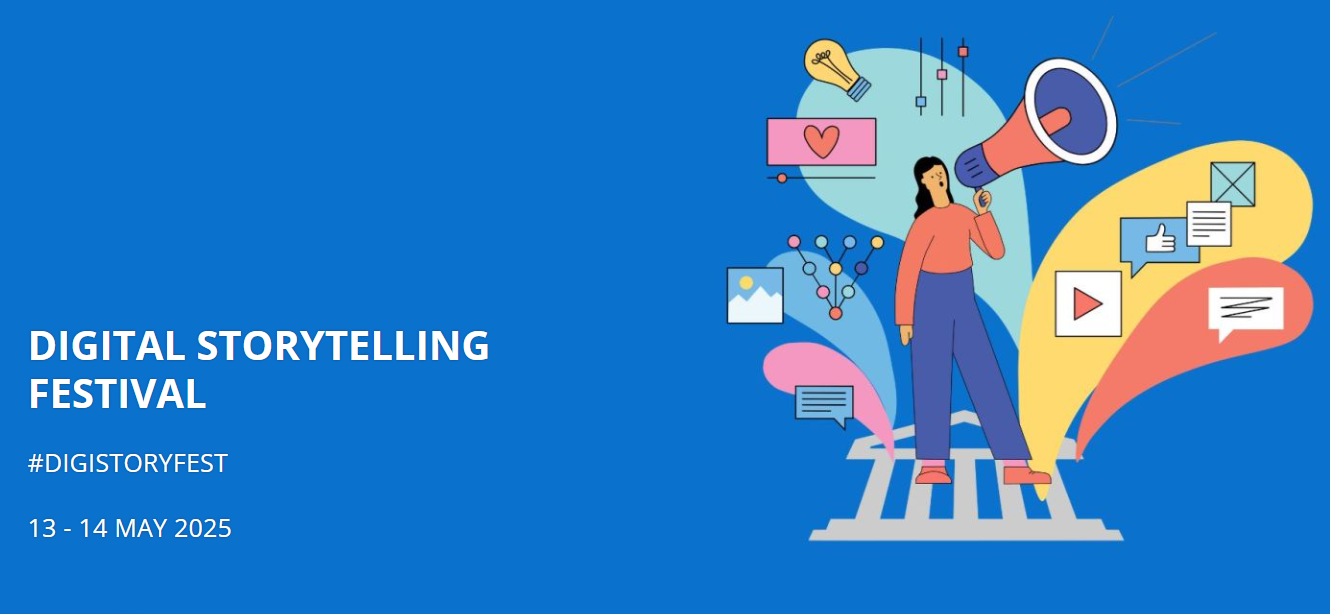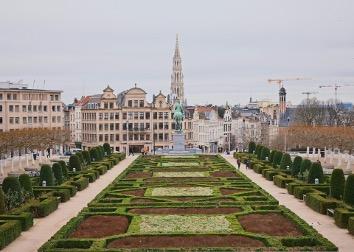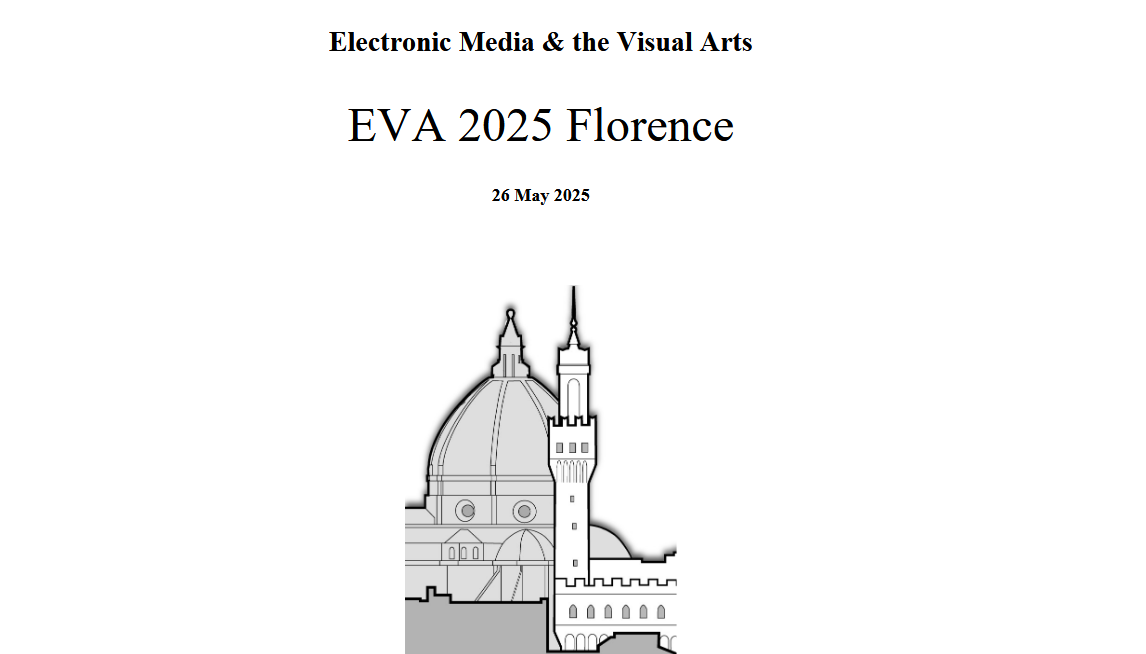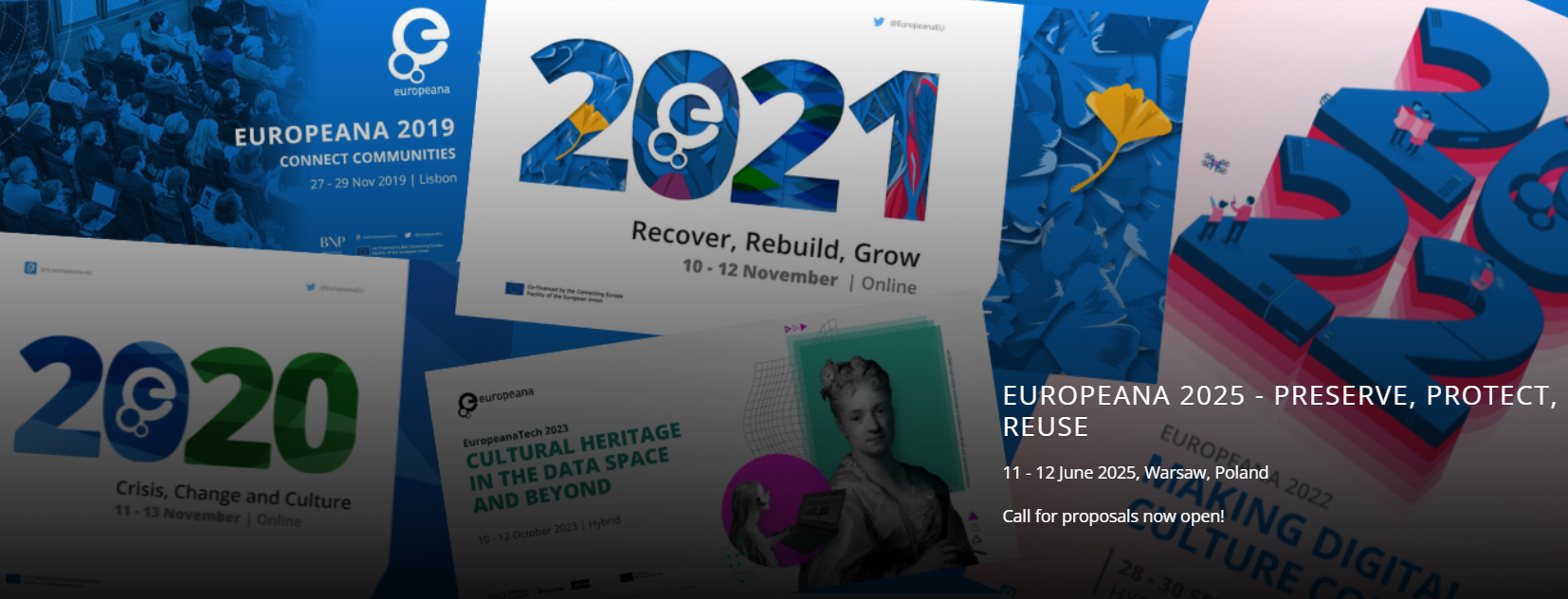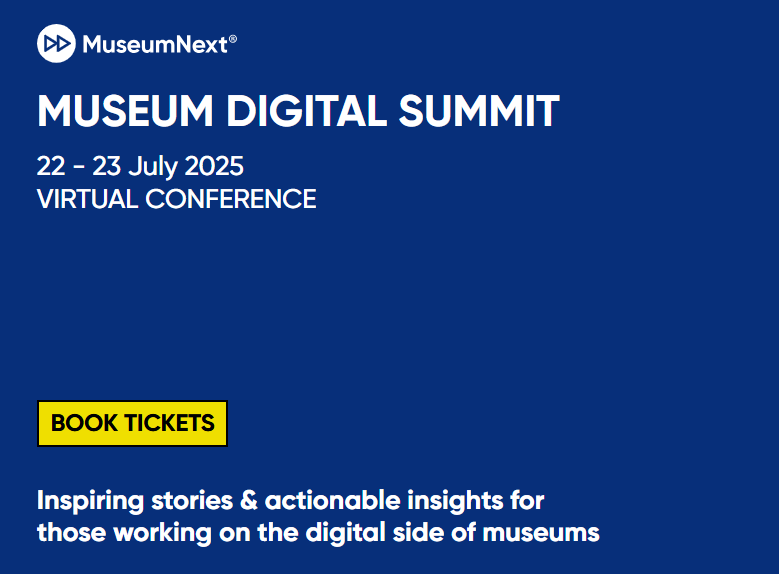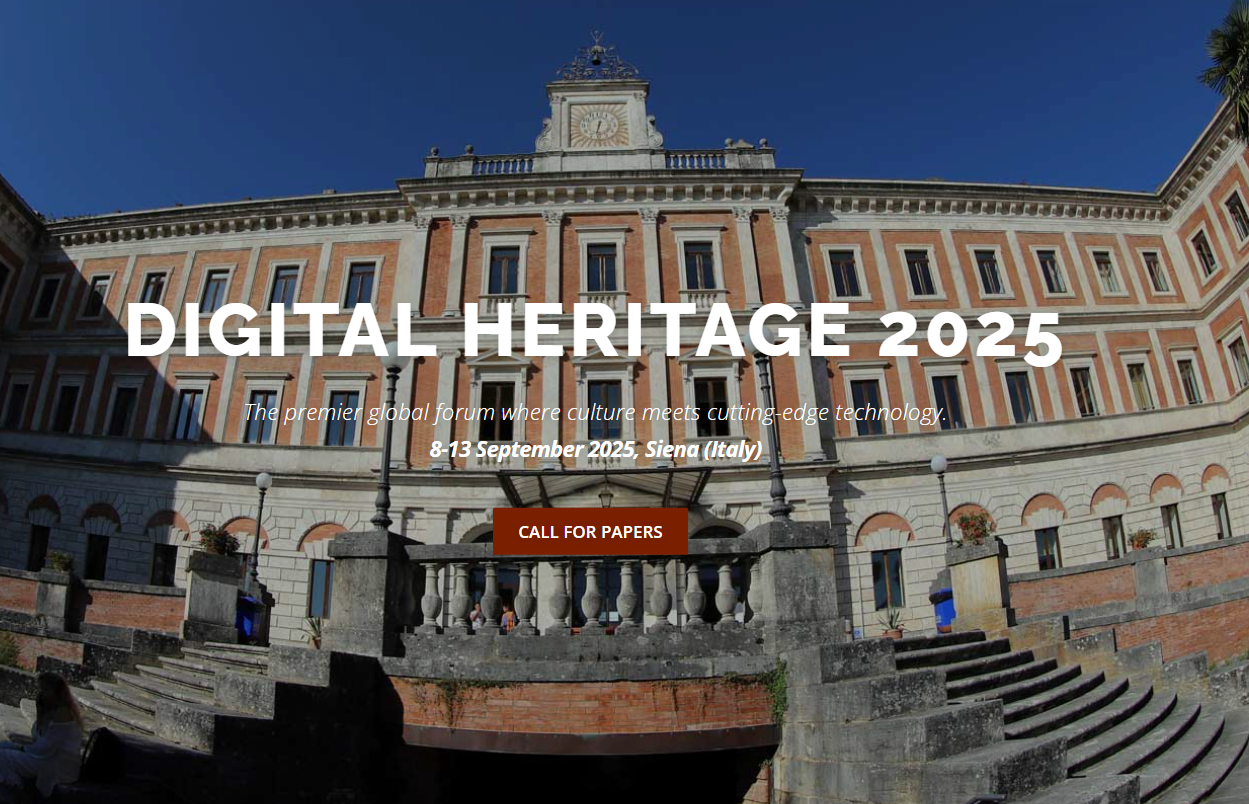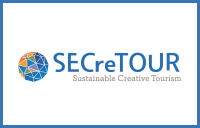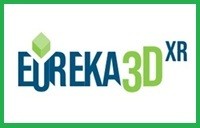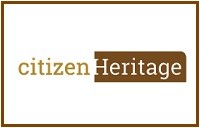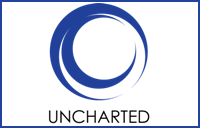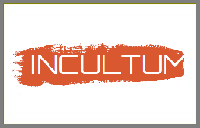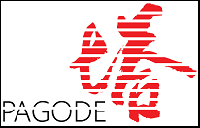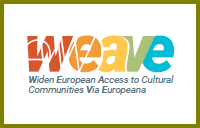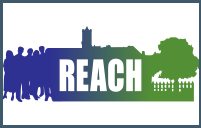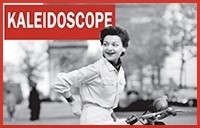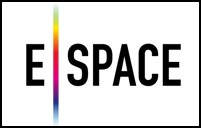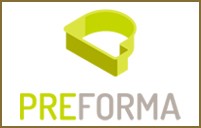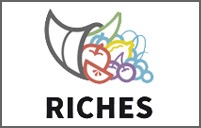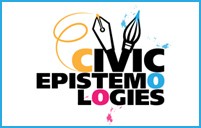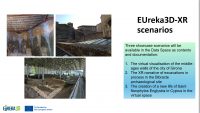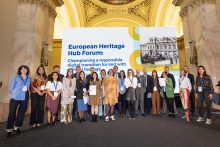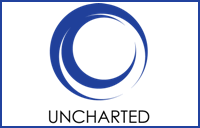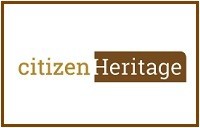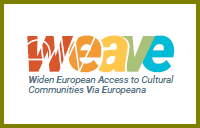The Budapest Ritmo Conference is the biggest world music forum in Central Europe, a unique opportunity for professionals to debate on trends and challenges, with a Central European focus.
In 2018, panels focused on:
– European music policies
– The UNESCO’s Music Cities initiative
– The music’s role in urban development
The conference was attended by the EU Commissioner for Culture Tibor Navracsics, several representatives of leading European music organizations like the European Music Council, the European Music Export Exchange Network and representatives of leading cities in the network, Katowice and Mannheim.
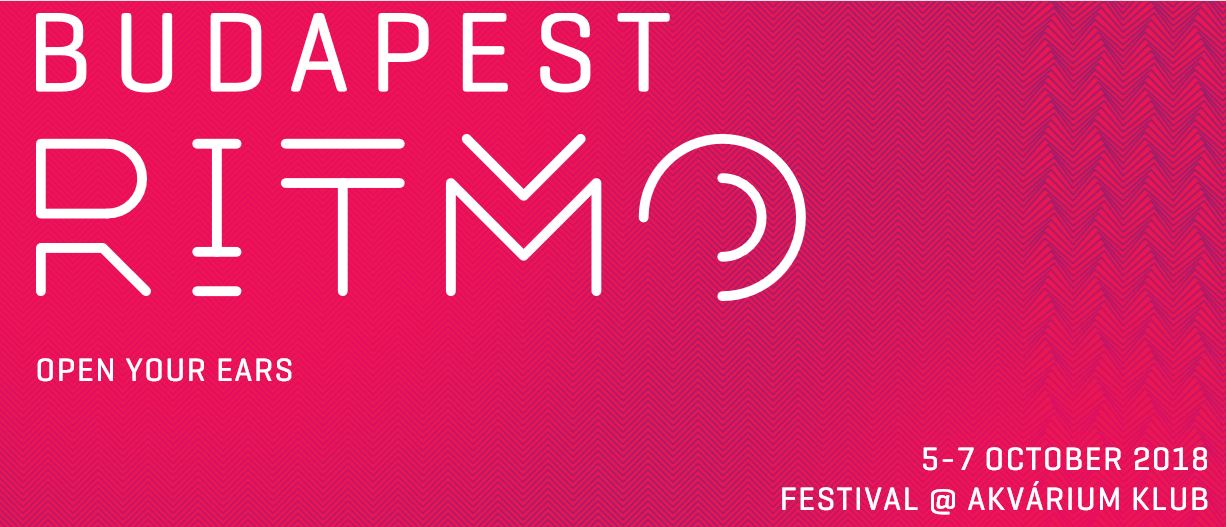 The event aimed at giving an opportunity to future European Capitals of Culture to present their plans and exchange views with experts in the field of world music.
The event aimed at giving an opportunity to future European Capitals of Culture to present their plans and exchange views with experts in the field of world music.
A specific panel titled “The richest heritage, unclaimed – Roma musical tradition in the Carpathian Basin and its wider region “, was dedicated to investigate Who shall preserve the rich and diverse Roma heritage, the heritage of a people without a Country or a State and What can be done on international level.
Dr. Eszter György, from Eötvös Loránd University, contributed to enrich the debate introducing the REACH project and shared with the participants experiences and investigations carried on in the framework of the Minority Heritage pilot, focused on the promotion and support of the ROMA cultural heritage.
Conference sessions are held in English.
The venue of Budapest Ritmo Conference was Akvárium Klub, “Aranyhall”.
Link to the Conference Programme: http://budapestritmo.hu/en/ritmo-conference/
-
Join the
Digital Meets Culture
Newsletter! -
Join the
Digital Meets Culture
Open Newsroom!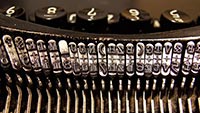 If you have interesting news and events to point out in the field of digital cultural heritage, we are waiting for your contribution.
If you have interesting news and events to point out in the field of digital cultural heritage, we are waiting for your contribution.
-
Free text
-
-
Upcoming events
-
 Siena (Italy), 8-13 September 2025
Siena (Italy), 8-13 September 2025 As the leading global event on digital technology for documenting, conserving, and sharing heritage—from landscapes and monuments to museums, collections, and intangible traditions—the Digital Heritage International Congress offers a unified stage for major world conferences, workshops, and exhibitions. … Continue reading →
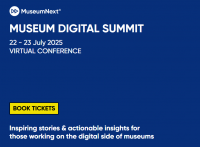 online on 22-23 July 2025. The deadline for proposals is 31 March 2025.
online on 22-23 July 2025. The deadline for proposals is 31 March 2025.The Museum Digital Summit will take place online 22-23 July 2025. MuseumNext is a global conference series on the future of museums. Over the past 12 months the events have brought together more than 20,000 museum professionals for their … Continue reading →



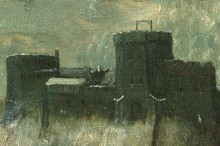
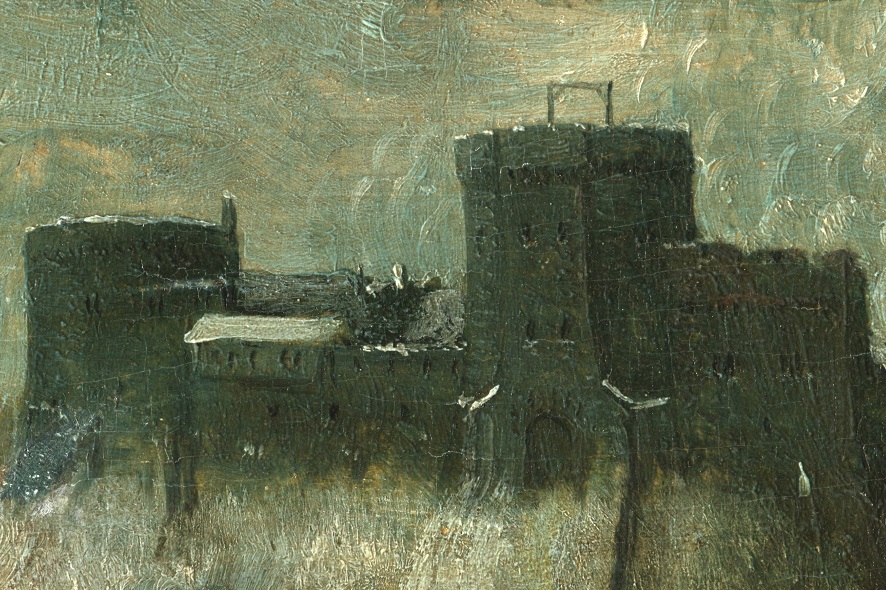
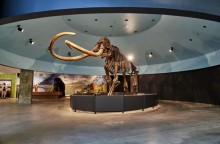
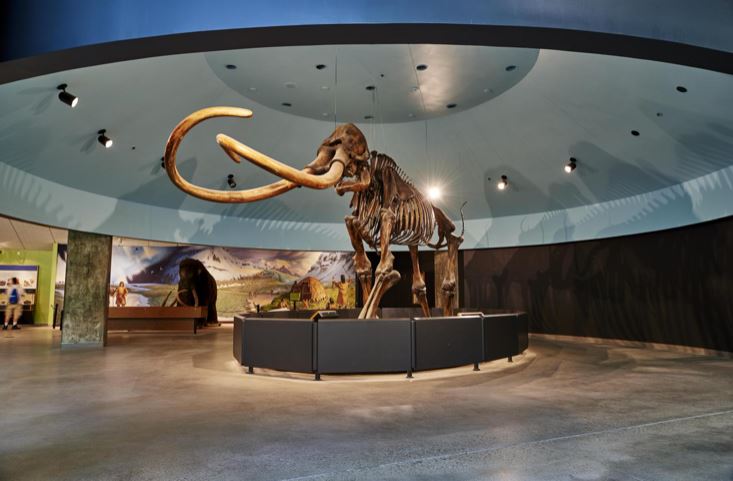


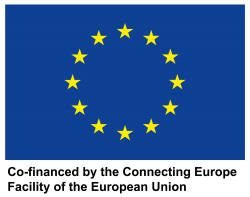

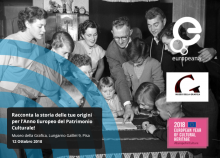
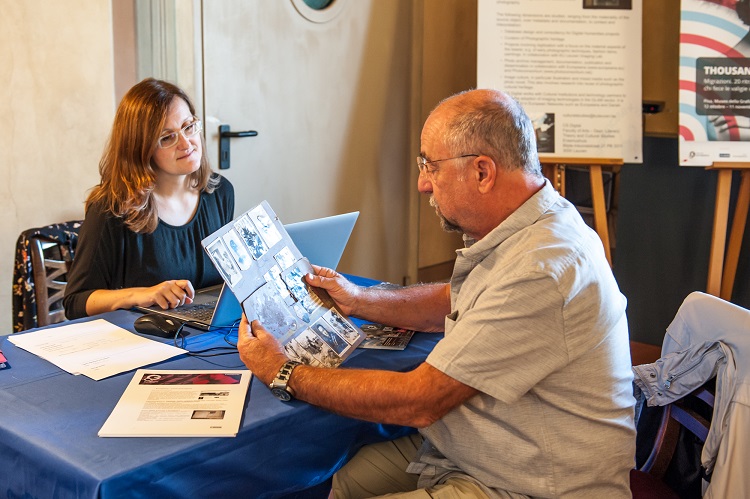
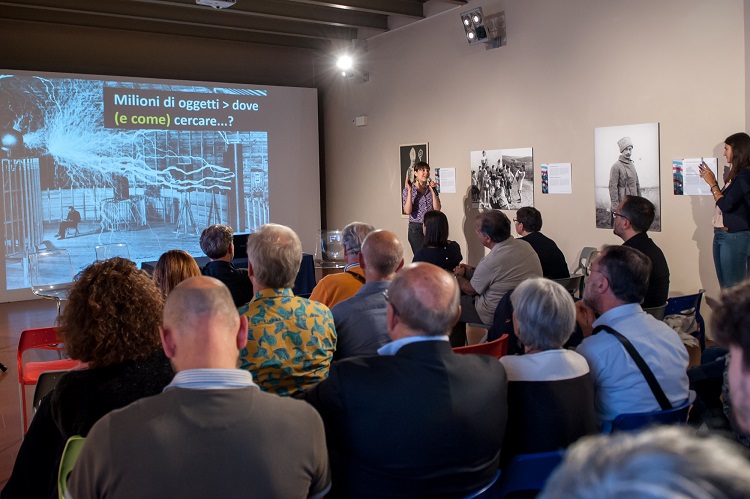
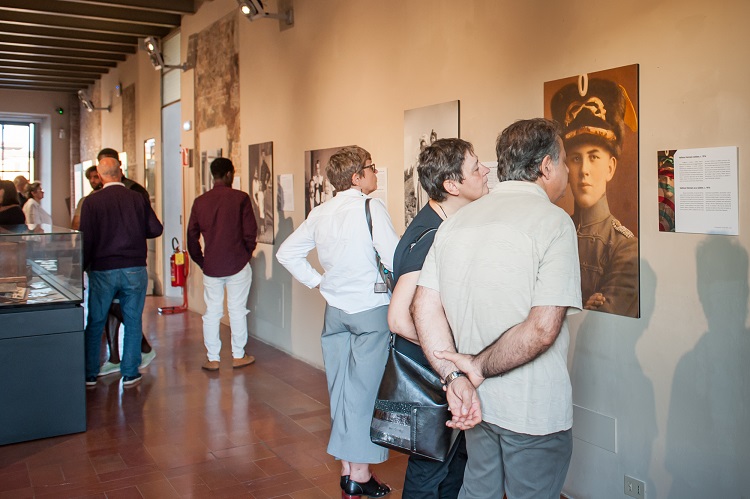
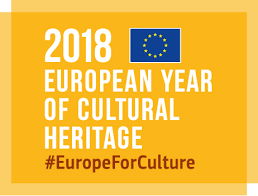



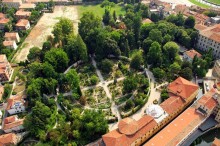
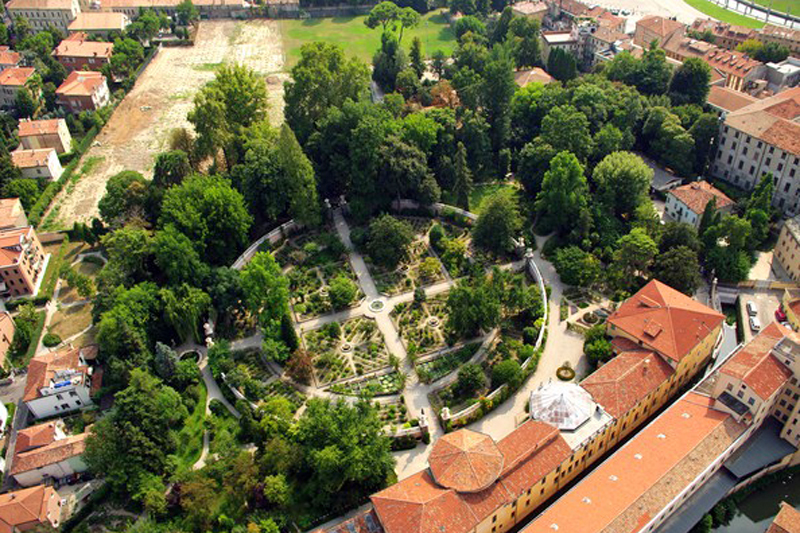
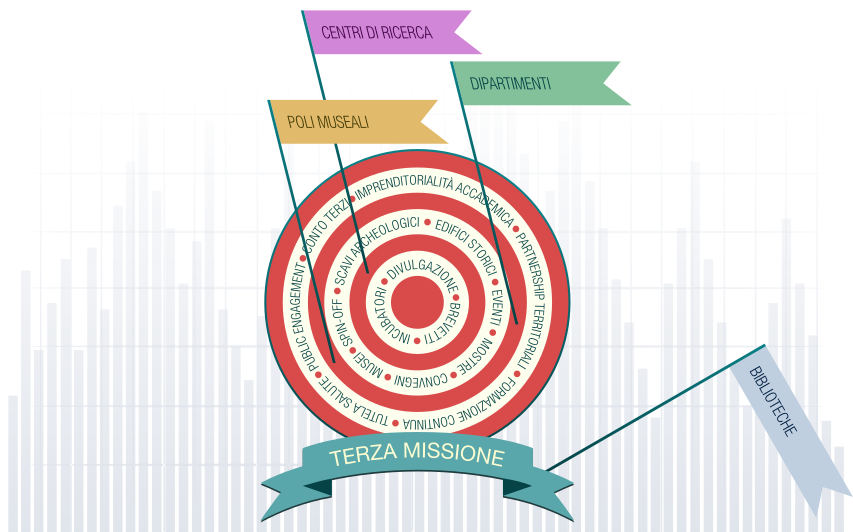
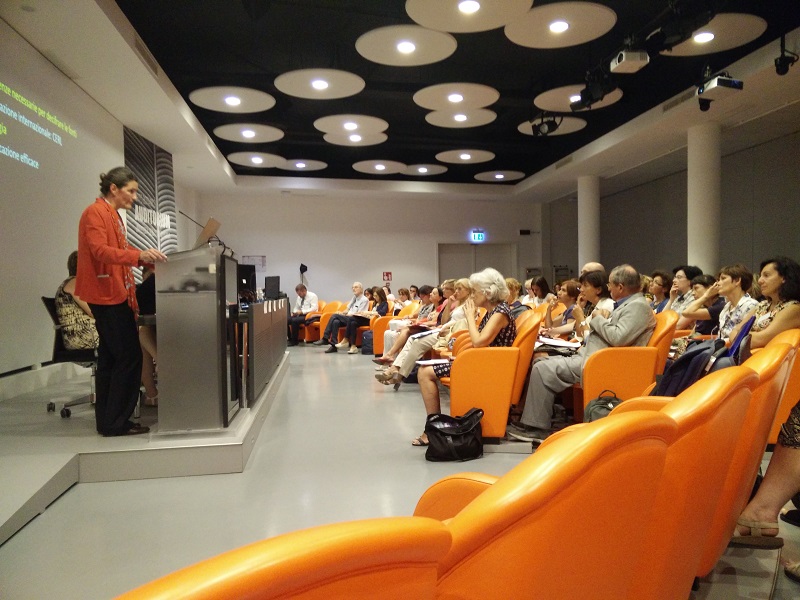
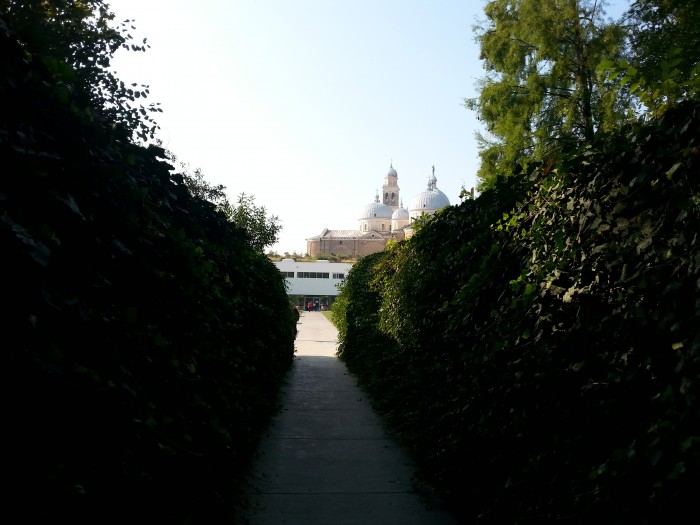
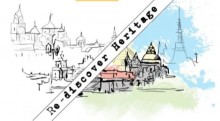
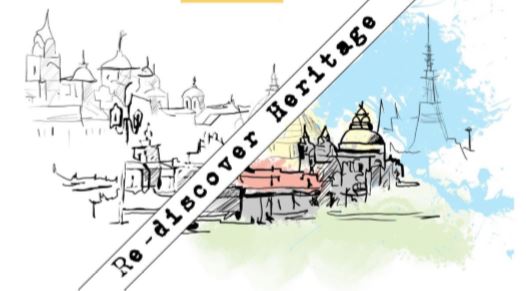
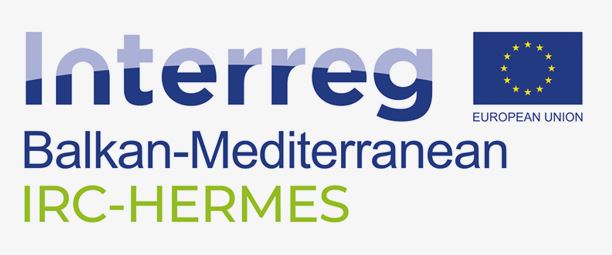

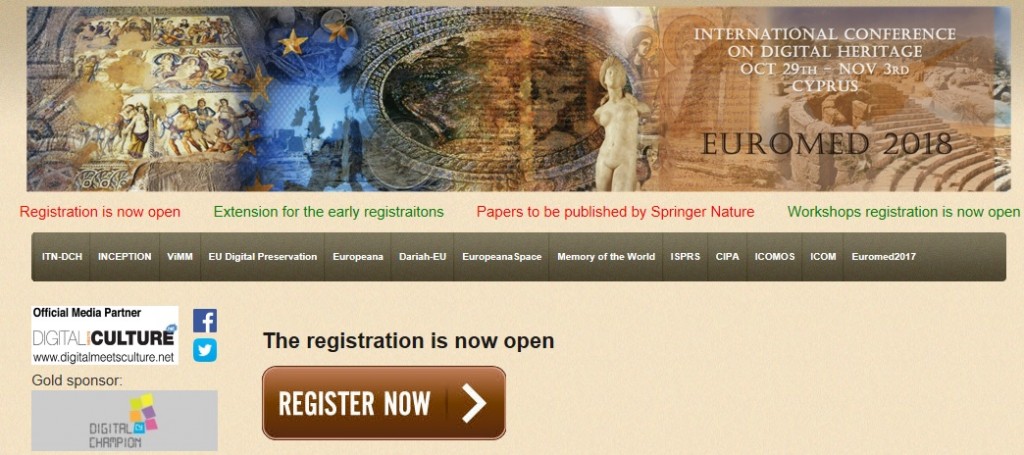
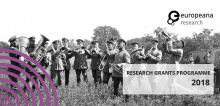
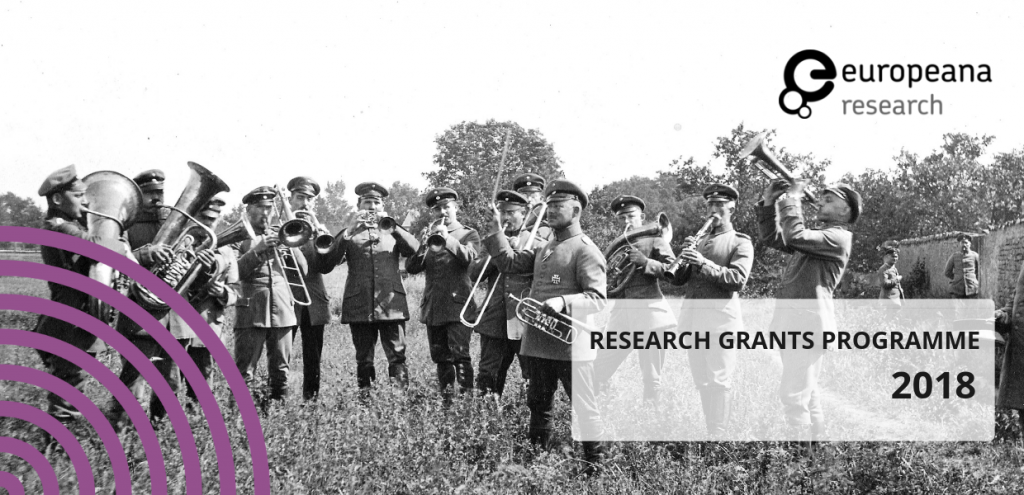 The community collection days, organised by Europeana and other institutions throughout Europe, invited people to share their stories and objects from the First World War, which were then digitised by professional archivists. Applicants are also invited to explore the selection of newspapers from the First World War period in the Europeana platform, which offers over 20,000 openly licensed records.
The community collection days, organised by Europeana and other institutions throughout Europe, invited people to share their stories and objects from the First World War, which were then digitised by professional archivists. Applicants are also invited to explore the selection of newspapers from the First World War period in the Europeana platform, which offers over 20,000 openly licensed records.